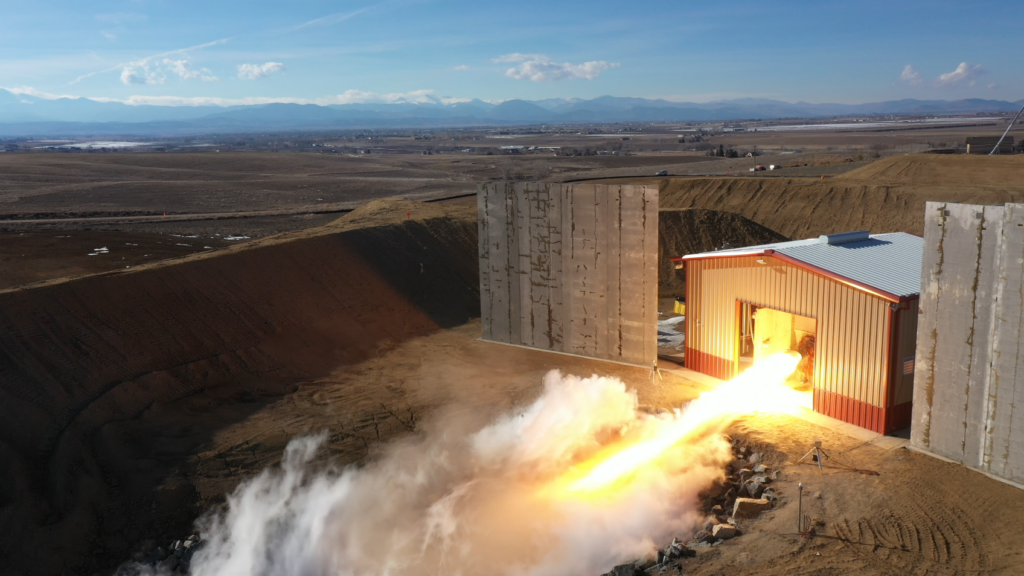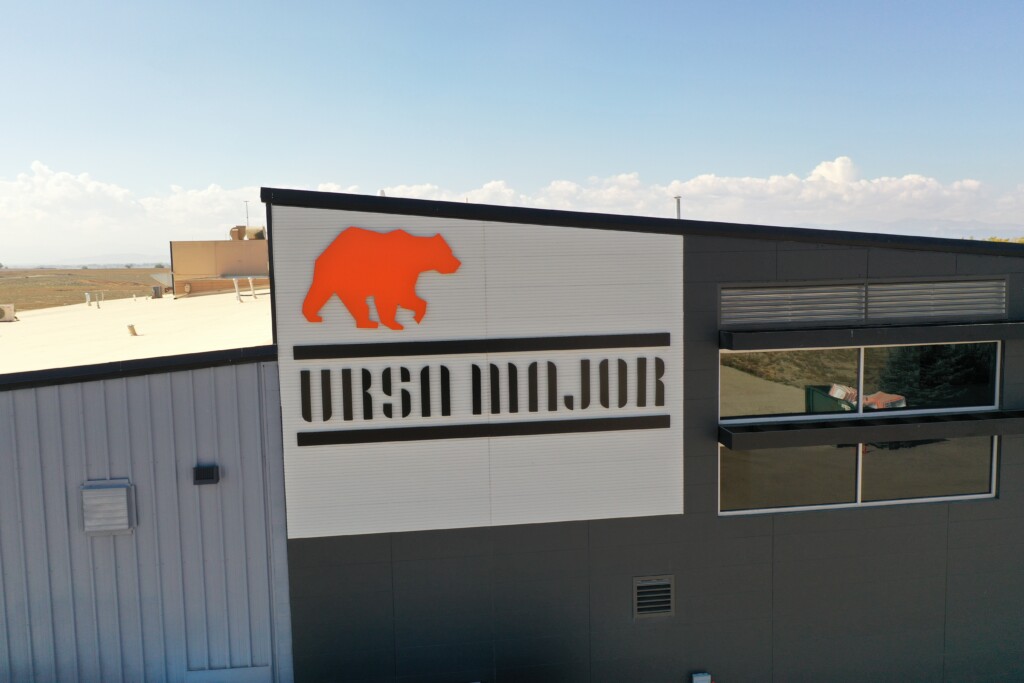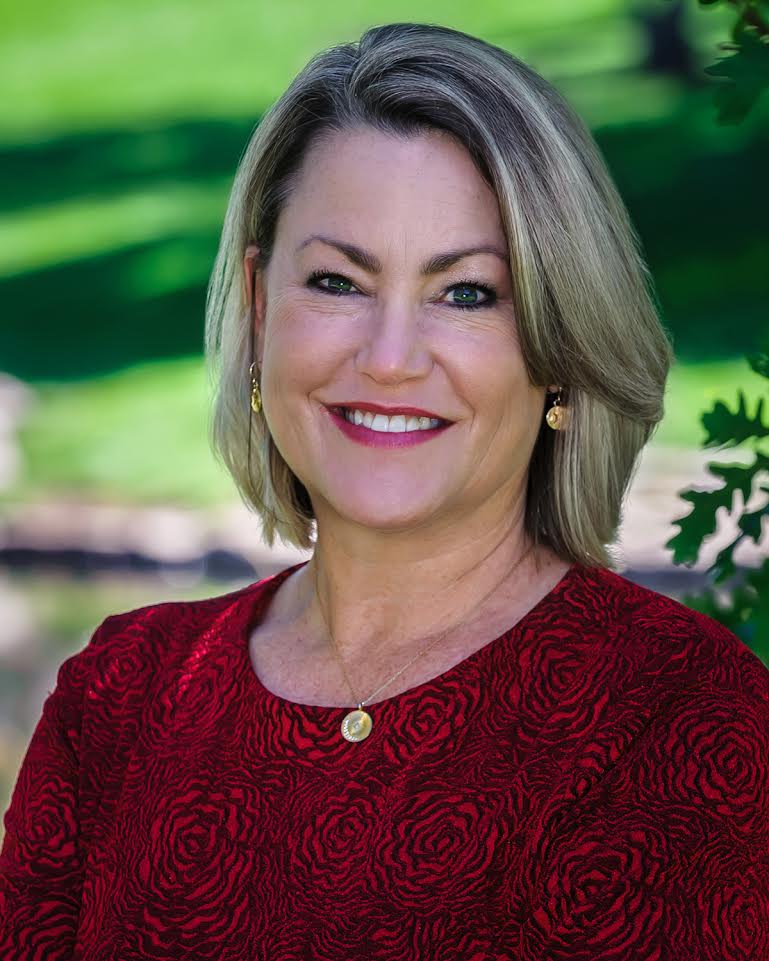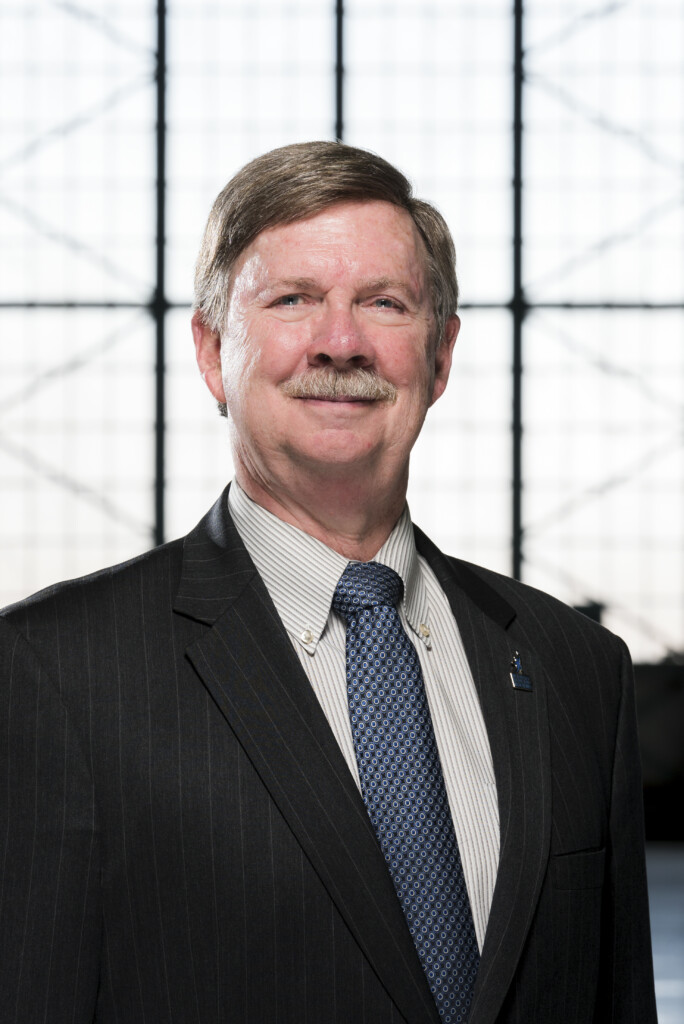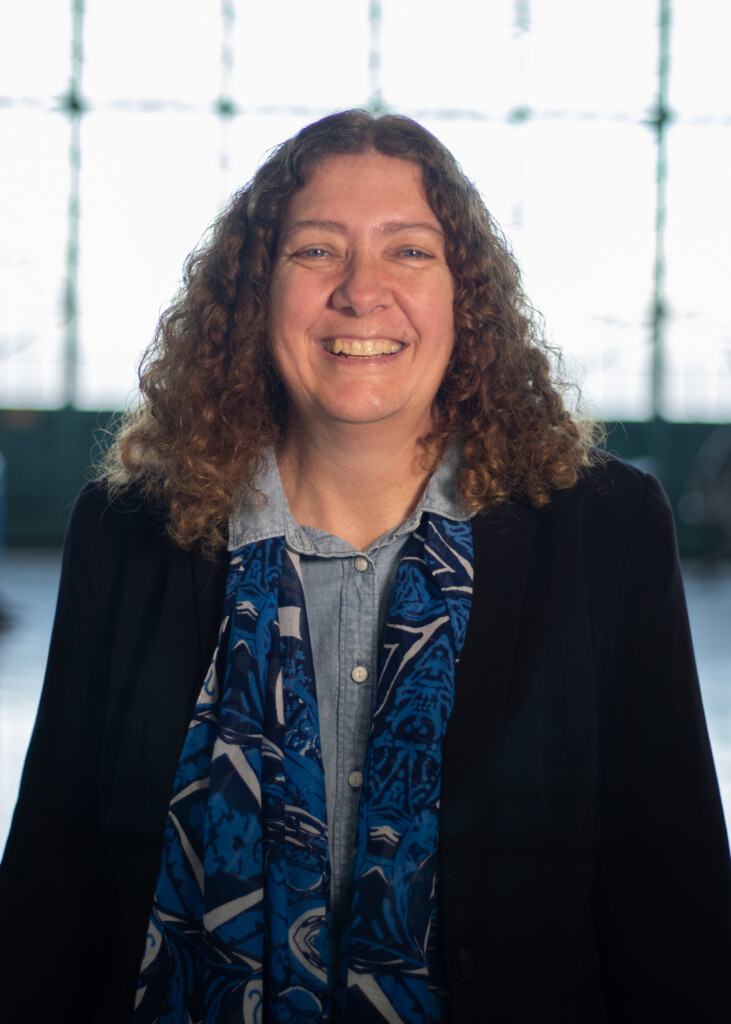If space really is the real frontier, Colorado is a critical outpost at the edge of the wilderness.
The state’s long legacy as an aerospace hub has provided a launchpad into the new era of commercial space. Many ongoing projects seem to have been lifted straight out of science fiction, from asteroid mining to next-generation space stations to optics that can see the history of the universe.
READ: Colorado’s Aerospace Industry Booms — From the Front Range to Outer Space
This innovation isn’t happening in Colorado by random chance.
“What we have is the best-on-the-planet aerospace ecosystem,” says Robert Beletic, aerospace and defense industry manager at the Colorado Office of Economic Development and International Trade (OEDIT). “It’s like nowhere else and it’s because of several factors. Success breeds success.”
He cites a pair of key statistics: 37,000 private aerospace jobs and $13 billion of annual industry output. “We have more people working in aerospace per capita than any other state, or any other country, for that matter,” says Beletic. “California actually has the largest aerospace ecosystem, but it’s not much bigger than ours, and they have seven times the population.”
The longtime presence of military, academia and major aerospace companies has fostered a talent pool that has catalyzed dozens of ambitious startups, he adds. “It’s a bunch of separate reinforcing pieces that work together synergistically.”
Good defense
The chief of mission operations for True Anomaly, Tom Nichols met his co-founders during his military career while serving in the U.S. Space Force’s 4th Space Operations Squadron at Schriever Space Force Base east of Colorado Springs.
Launched in early 2022, the company quickly surpassed 100 employees as it raised a $17 million Series A and $100 million Series B in 2023. Its mission control facility is in Colorado Springs, and its spacecraft manufacturing facility, a.k.a. GravityWorks, is in Centennial.
“I was 11 years active-duty military as a space operations officer,” Nichols says. “It was a very safe, peaceful domain, and in our careers, we saw the development of capabilities to degrade, destroy, or deny our U.S. space capabilities.”
True Anomaly seeks to counter that with satellites designed for “rendezvous and proximity operations,” he says. “Our satellites are focused on getting in close proximity to other satellites and taking pictures.”
The launch window of True Anomaly’s first two spacecraft is March 2024. Nichols forecasts the company will be manufacturing a satellite a week with 200 employees by 2025.
While the company considered manufacturing in Florida, Texas or California instead of Colorado, the Centennial State won out largely because of its talent pool. Nichols, echoing Beletic’s description of the three-legged stool of military, academia and the private sector, also points to “proximity to customers” at the state’s U.S. Space Force bases (Schriever, Peterson and Buckley).
Beletic points to his alma mater, the U.S. Air Force Academy, as the prime conduit for the Space Force. “You have more than 50 percent of the U.S. Space Force in this state, three of the six bases but probably 60 percent of the assets,” he says.
READ: The Colorado Aerospace Industry is Combating an Alarming Pilot Shortage — Here’s How
Stellar smarts
Beletic is quick to note that Colorado’s military talent does not exist in a vacuum.
“The universities are the best in the world for aerospace. CU Boulder produces one out of every four astronautical engineering Ph.D.s in this country, and it has more students studying aerospace than any other university on the planet. Colorado School of Mines has the first extraterrestrial mining program.”
Within CU Boulder’s Ann and H.J. Smead Department of Aerospace Engineering Science, the flagship Smead Program brings together graduate students, faculty and visiting professors to conduct cutting-edge research.
“We just hit our 77th anniversary as a department,” says Smead Director Chris Muldrow. “Primarily, it was focused on aeronautics to start with, but then as space became much more of a topic of conversation in the ’50s, we started bridging out into that area as well.”
Today, Muldrow says “the triad” of defense, research and industry are feeding a wave of “new space” startups, and many such seeds are planted at CU Boulder.
“We actually have a very robust startup community on our campus. We have sources for our faculty and our students to get that entrepreneurial experience while they’re at CU, and then go build some startups.”
He points to Smead faculty member Scott Palo, CEO of Niwot-based Blue Cubed, a manufacturer of satellite communications systems, and former faculty member Bradley Cheetham, president and CEO of Boulder-based Advanced Space, which helps customers with flight dynamics and technology development.
“There is so much interest and engagement in what’s happening in the new space area,” says Muldrow. “I think there’s still that relevance between the government and large industry and academia. The new space companies today and the commercial ones that are starting up are leveraging technologies that have been built over decades of R&D.”
He adds, “SpaceX has done amazing things in our industry, but they would not have done nearly as much as they did as quickly as they did if some of those basic rocket technologies were not developed from the ’40s and ’50s to the present.”
Muldrow says CU Boulder is collaborating with Star Harbor, which is developing a mixed-use space flight training facility and R&D campus on 53 acres in Lone Tree. His experience meeting with Star Harbor leaders led him to believe Colorado has to emulate Florida and tell its story about being a space powerhouse. “Even insiders didn’t realize what we had going on here,” Muldrow says.
READ: The Stars Are Aligning for Colorado Aerospace
A virtuous cluster
OEDIT’s Beletic says major players like Lockheed Martin (where Muldrow worked for 13 years), United Launch Alliance, Ball Aerospace and Sierra Space give military and academic talent numerous career options within Colorado.
“Lockheed Martin’s building the Orion spacecraft that will take us back to the moon, and it’s already own,” he says. “[Ball] built the optics on the James Webb Space Telescope, which can look farther out in space than we’ve ever seen before. This is to me is like science fiction: It can look back 13 billion years to within a couple hundred million years of the Big Bang.”
These big companies have a gravity of their own, but it’s conducive to entrepreneurs looking to take flight with startups.
Beletic points to Denver-based satellite maker York Space Systems and Ursa Major Technologies, Berthoud-based manufacturer of 3D-printed rocket engines, as two fast-rising companies.
“All this feeds on each other. So now let’s say you’re the best at building solar panels or you’re the best at building the radiation coating protection for solar panels. Guess where you want to be? You want to be in Colorado.
” He’s quick to point out that Lockheed and others rely on a network of machine shops, software developers and other suppliers, noting, “62 percent of our aerospace companies have 10 or fewer employees.”
Growing the map
Not all of this activity is taking place on the Front Range. Case in point: Agile Space Industries manufactures and tests rocket propulsion systems in Durango.
Now employing more than 60 people, the business spun o from Advanced Mobile Propulsion Test (AMPT), launched by Agile founder Daudi Barnes in 2009. The two sister companies merged into a single entity in 2019 and closed on a $13 million seed round with participation from Lockheed Martin Ventures in 2023.
Leveraging additive manufacturing and chemical propulsion systems, Agile has already shipped its first flight hardware, with much more in the pipeline.
“We expect them to be landing on the moon later this year, which we’re very excited about,” says COO David Cuthbertson. “We have other hardware that is nearing completion for launch systems, and a third set of different hardware that will be delivered in [mid-2024] for a satellite constellation.”
A veteran of the U.S. Army, Cuthbertson worked in oil and gas before an opportunity with Agile lured him to Colorado. Quality of life was a big part of the decision to take the job and move his family to Durango.
“We’re committed to opening up the Western Slope,” Cuthbertson says. “I see a lot of the companies actually shifting their headquarters to Denver and moving to Denver, which is great for Colorado in general, but it’s gotten really crowded, and there’s a lot of beautiful space out here on the Western Slope.”
Durango, Montrose and Grand Junction “have a great industrial base,” he adds. “The heritage oil and gas folks, who are craftsmen in their own right, are providing the industrial base for much of Colorado. Those skill sets are really applicable to what we do in aerospace.”
Another benefit to Agile’s operations: elevation.
“We test things in a vacuum, so we’re trying to replicate the in-space environment,” Cuthbertson says. “[Durango’s 6,512-foot elevation] actually reduces the amount of energy taken to replicate an in-space environment, a vacuum system, because we’re already at a lower atmospheric pressure.”
And the coastal launch paradigm won’t be dominant forever. Cuthbertson thinks places like Durango check all of the boxes. “As we move toward a spaceport with vertical launch and vertical landing, you’re no longer constrained by geographical location because you want to go up versus necessarily horizontal trajectories,” he explains. “Right now, folks who are establishing the spaceports have surged away from the large populations.”
Countdown to the future
From high-precision machine shops to the recent federal designation as a quantum hub, the planets have aligned in a big way in Colorado.
Beletic thinks the sky — make that deep space — is the limit.
“The future is super bright,” he says. “We have the best aerospace ecosystem on the planet. We have all the pieces. If you were building a football team, you wouldn’t want just quarterbacks, you’d want linemen and halfbacks, defensive ends, you name it. We have all those pieces.”


